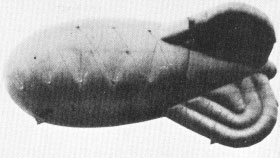 Click
for Site Directory
Click
for Site DirectoryNovember 2008
Please note: These images are high quality and may be slow loading!!
Balloon Cable Cutting Device for Aircraft
The principle of the cable cutting experiments was to ensure that the flying cable was such that it made a angle of 45 degrees with the horizon. From the balloon a single cable was dangled vertically down with drogue parachutes attached and warning flags. The aircraft would deliberately fly into the cable and attempt to cut the cable using various methods such as hardened leading edges to the wing. It was eventually found that a small cable cutting chisel fired by an explosive bolt was the answer. As the wing hit the cable the aircraft slewed around and the cable would slide along the leading edge of the wing and enter a small notch in the wing. This would detonate a cartridge that would fire a hardened chisel and sever the cable in two. The pilot then was able to recover his aircraft from any stall.
It was Sir James Martin (see below) an incredible engineer of Martin-Baker Aircraft Company Limited who eventually (He also designed the ejector seat) designed the standard cable cutter for fitment to aircraft wings.
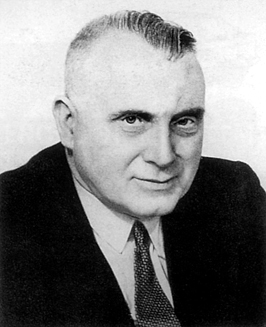
During WW II over 250,000 cutters were made.
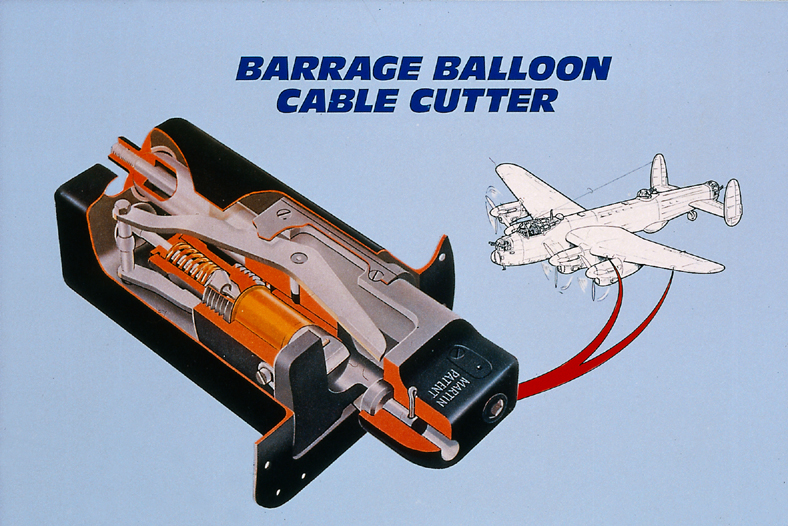
This picture courtesy of Martin-Baker Aircraft Company Limited
--------------------------------------------------------------------------------------------------------------------------------------
This is from an Italian Drawing of the Cable Cutter Device fitted to the Lancaster MK1, there were up to four of these on the leading edges of the wings

___________________________________________________________________________________________________
I have been delighted to be given permission to use the following pictures of a barrage balloon cable cutter provided by Sam van Dijk from The Netherlands.
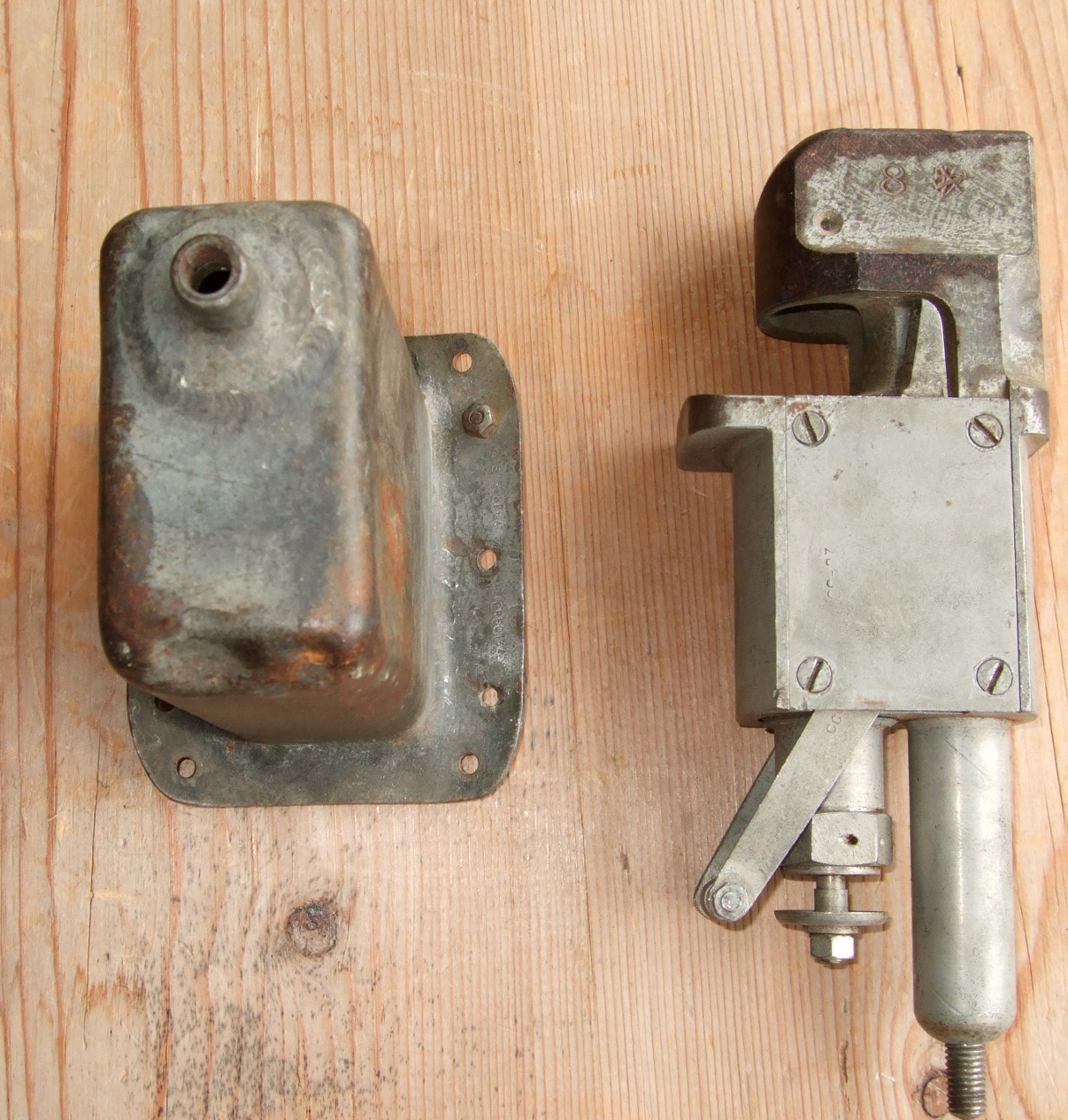
The balloon cable shows the notch where the cable would enter.
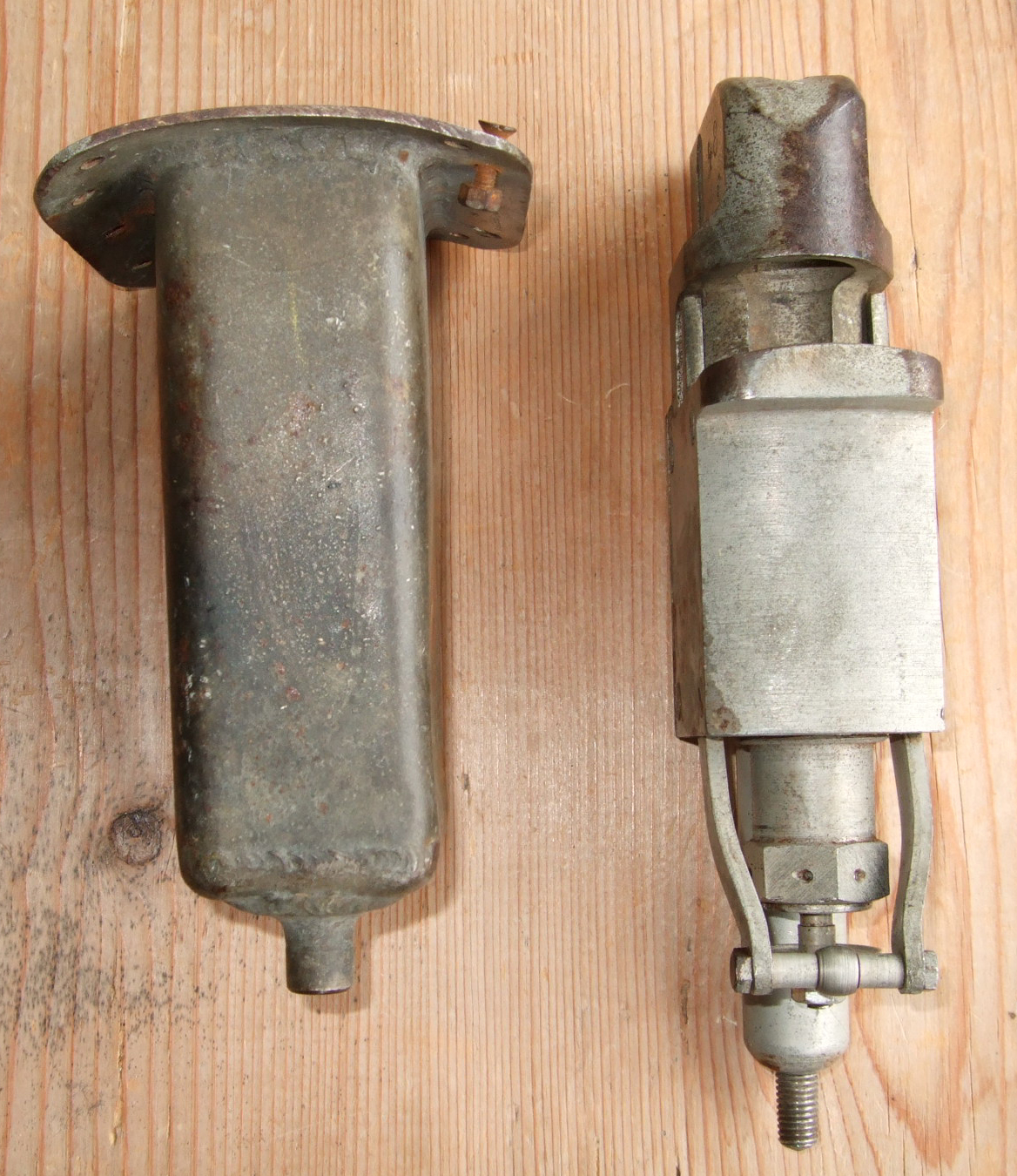
Balloon cable cuter front view
tI have




The balloon cable cutter was primed with special calibre blank cartridges to fire the cutter
as the balloon compressed the trigger.
They were kept in a sealed tin by the armourers for safety.
